This week, how researchers are making brain-washing a reality, stripping x-rays from sticky tape, and sniffing rotten eggs to lower their blood pressure! We also find out why an anonymous E-Card email could help fight sexually transmitted diseases, and how warm hands could give you a warm heart. Plus, we've got an electrifying report from the Cambridge Teslathon!
In this episode
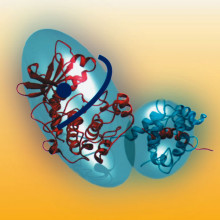
Brainwashing is here?
No longer the domain of science fiction, researchers at Medical College of Georgia in the US, have found a way to selectively wipe memories from the brain. So far they've only got this working in mice, which is a relief for us all.
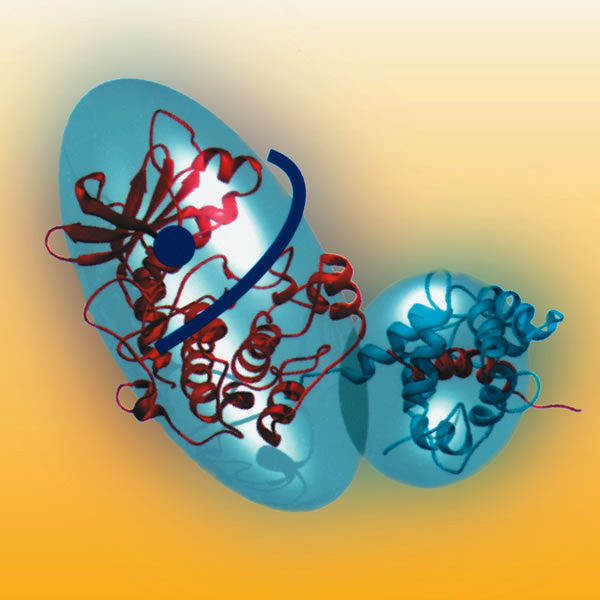 It all centres on a molecule called calmodulin-dependent protein kinase II, or CaMKII, a protein that plays an important role in many aspects of learning and memory.
It all centres on a molecule called calmodulin-dependent protein kinase II, or CaMKII, a protein that plays an important role in many aspects of learning and memory.
Writing in the journal Neuron, Dr Joe Tsien and his team describe their experiments to rapidly change the levels of CaMKII activity in the brains of genetically modified mice. The mice had been engineered so that CaMKII levels can be changed using a simple chemical. The researchers found that temporarily boosting levels of CaMKII affected whether the mice could remember newly-formed memories, or even fear memories from a month before. Then further experiments showed that is wasn't due to the fact that the mice couldn't recall the memories, rather that they had been specifically wiped, while other memories were unaffected.
If the name of Dr Tsien seems familiar, it may be because back in 1999, he and his team created Doogie, a mouse with enhanced learning and memory skills. Although it might sound like the work of evil scientists, the brain-wiping research could lead to ways to selectively wipe traumatic memories or unwanted phobias. However, Dr Tsien says that we shouldn't expect human brainwashing to turn up any time soon. He commented that "No one should expect to have a pill do the same in humans any time soon, we are barely at the foot of a very tall mountain."

02:56 - Brain Washing and X-Ray Tape
Brain Washing and X-Ray Tape
This week, how researchers are making brain-washing a reality, stripping x-rays from sticky tape, and sniffing rotten eggs to lower their blood pressure! We also find out why an anonymous E-Card email could help fight sexually transmitted diseases, and how warm hands could give you a warm heart. Plus, we've got an electrifying report from the Cambridge Teslathon!
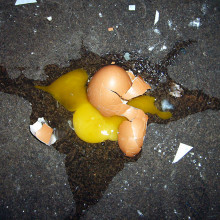
Rotten eggs regulate blood pressure
As the childhood saying goes, "he who smelt it, dealt it", and we're all familiar with that unpleasant whiff of rotten eggs, the 'pleasant' perfume released by breaking wind. This is the gas hydrogen sulphide at work.
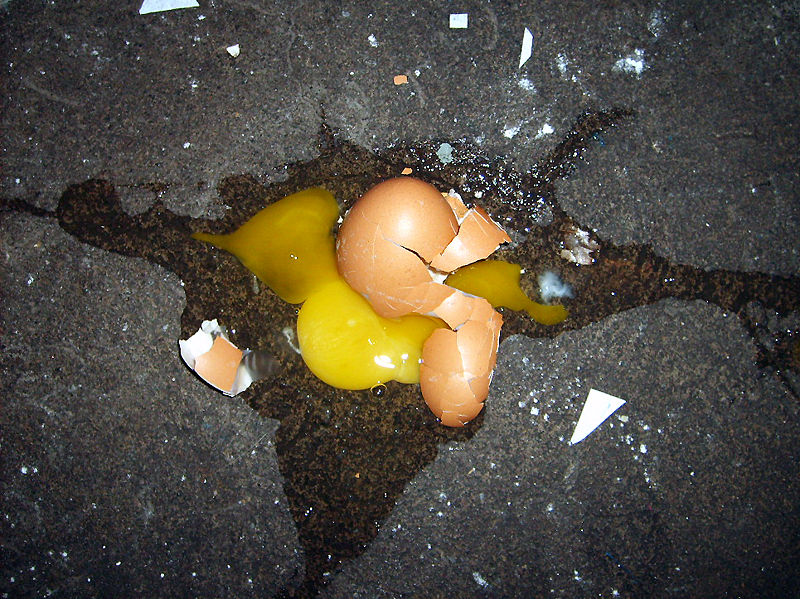 But now a team of researchers has shown that this whiffy gas plays an important role in controlling blood pressure, and is produced by cells that line the blood vessels. The scientists found that hydrogen sulphide can relax blood vessels, dropping blood pressure.
But now a team of researchers has shown that this whiffy gas plays an important role in controlling blood pressure, and is produced by cells that line the blood vessels. The scientists found that hydrogen sulphide can relax blood vessels, dropping blood pressure.
To find the link, the researchers studied mice missing a gene for an enzyme called CSE, which has long been suspected to make hydrogen sulphide in the body. They measured the levels of the gas in the tissues of these mice, and compared them with normal mice, unsurprisingly finding that the mice lacking CSE had very little hydrogen sulphide.
Next, they used tiny blood-pressure cuffs on the mouse's tails to measure their blood pressure, and found it was around 20% higher in the mice lacking CSE - showing they had serious hypertension. And they also found that blood vessels taken from the CSE-deficient mice hardly relaxed at all when they added a drug that normally relaxes them.
Although the work has only been done in mice so far, it's highly likely that the same systems are at work in humans too. If this sounds familiar, it's because we've known for some time about another gas produced by blood vessel cells, nitric oxide, that has a similar effect. Drugs that affect nitric oxide production are already in use - though one of them, Viagra, is rather more famous for its side effects.
Now this new hydrogen sulphide pathway has been discovered, it opens the door for the development of new types of treatment for high blood pressure.
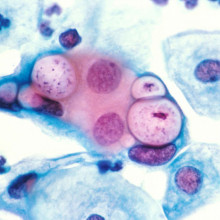
The ST-E-Card
Doctors have developed a new technique with which to tackle the problem of sexually transmitted infections (STIs).
At the moment when a patient is diagnosed with an STI there follows a laborious contact-tracing process intended to track down, warn, test and treat other partners who might be at risk. This is a very time consuming and costly exercise but is absolutely critical from a public health perspective. Some patients also find it embarrassing.
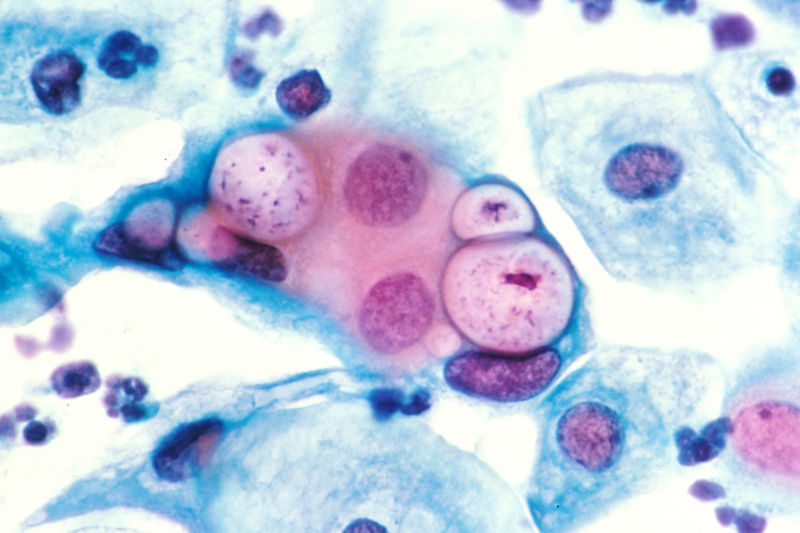 Now, writing in the journal PLoS Medicine, Deb Levine and her colleagues from the Internet Sexuality Information Services, present the electronic answer - a system of anonymous e-postcards that alert recipients to what they might have picked up at a party recently.
Now, writing in the journal PLoS Medicine, Deb Levine and her colleagues from the Internet Sexuality Information Services, present the electronic answer - a system of anonymous e-postcards that alert recipients to what they might have picked up at a party recently.
Their web-based initiative called inSPOT, which stands for Internet Notification Service for Partners or Tricks, is a website with a difference. Users choose from a range of online "greetings" cards which they then customise by selecting the infection with which they have been diagnosed. They can also add a short message if desired. The cards are then sent anonymously via email to recipients identified by the patient. When the recipient receives the e-card it pops-up links to information about the disease they might have caught or be carrying together with a list of the nearest places to seek treatment or advice.
Since the system was first launched in San Francisco in 2004 nearly 50,000 e-cards have been sent. It has since been scaled up to many other cities and translated into other languages. About 50% of recipients of the e-cards, it seems, also choose to avail themselves of the information provided when the cards arrive in their inboxes.
Although the system relies on patients knowing the electronic contact details of their contacts in order to warn them, the team point out that large numbers of cases of STIs are now occurring amongst people who use the Internet to meet new partners and so, by definition, they usually already have this information. And with one person in ten infected with chlamydia in certain age groups and rates increasing by 100% per year in some areas, this initiative could help to stem the epidemic. But let's just hope that no one starts using it to spread computer viruses!

Warm coffee warms the heart
Here at the Naked Scientists we're all pretty warm-hearted people, but now researchers at Yale University have shown that it might be down to our choice of drinks rather than our nice personalities.
 |
| This photograph shows a glass of latte macchiato, which is a hot beverage made from steamed milk and espresso. © Image by Aleph, http://commons.wikimedia.org |
Writing in the latest issue of the journal Science, the researchers have found that people judged others to be more generous and caring if they had just held a warm cup of coffee, but not so nice if they had held an iced coffee. Following on from this, they also found that people are more likely to give something to others if they had just held something warm, but more likely to take if they had held something cold.
To test their ideas, the researchers asked volunteers to briefly hold either a warm cup of coffee or iced coffee as they wrote down information. The subjects were then given a packet of information about a person and then asked to assess their personality. The volunteers felt that the person was significantly "warmer", in personal terms, if they had just been holding the hot coffee, compared with those who held the iced coffee. For their next experiments, volunteers either held hot or cold packs, and were told they could either have gift certificate for friend or a gift themselves. The researchers found that those who held the hot pack were more likely to ask for the gift certificate, while those who held the frozen pack tended to keep the gift.
So physical warmth not only makes us see other people as warmer, but leads us to be more generous and trusting ourselves. This ties in with recent brain imaging studies showing that heat or cold can trigger activity in part of the brain called the insular cortex - the same area is damaged in people who have borderline personality disorder, meaning they can't co-operate with people or figure out who to trust.
The same researchers had previously shown that the physical distance between individuals also influences their judgements about another person. Added to that, this new work suggests that using words to describe people like warm, cold, or distant are more than simple metaphors, but have a more deep-seated meaning.Experiencing Physical Warmth Promotes Interpersonal Warmth Lawrence E. Williams and John A. Bargh Science 24th October 2008: 606-607.
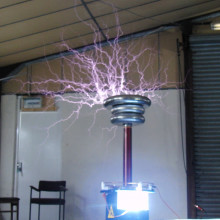
13:04 - The Teslathon - High Voltage Fun!
The Teslathon - High Voltage Fun!
David Woodroffe, Teslathon
Ben - This week also saw the annual Teslathon, held at the Cambridge Museum of Technology. The Teslasthon sees enthusiastic amateurs get together to show off their home made tesla coils - high voltage devices based on the same principal as an electric transformer.
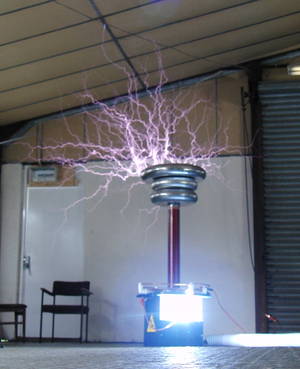 A transformer works because a current in one circuit - called the primary, induces a current of a different size in the secondary circuit. This is how mains electricity is scaled down from the high voltage in power lines into the safer voltage that gets to your house. I met up with Derek Woodroffe to find out more about what the Teslathon is...
A transformer works because a current in one circuit - called the primary, induces a current of a different size in the secondary circuit. This is how mains electricity is scaled down from the high voltage in power lines into the safer voltage that gets to your house. I met up with Derek Woodroffe to find out more about what the Teslathon is...
Derek - Teslathon is a group of people who are interested in high voltage electronics, Tesla coils and pretty much anything to do with high voltage, current, static electricity: all sorts of technology-related stuff like that.
Ben - So really anything that can make a nice big spark.
Derek - That's very much part of it. Some of us try and make the biggest spark possible. Some of us try and do it in more interesting ways. Of course we try and push the modern technology to do something that couldn't be done 18th century-wise by Tesla himself.
Ben - How do Tesla coils work? They seem a very simple principle.
Derek - They are a very simple principle. Effectively it's a standard transformer with a primary and a secondary. What Tesla did was he also introduced resonance so the primary has an associated capacitance. The secondary has an associated capacitance. The two synchronise with each other and form a resonant coupling, very much like a young child pushing somebody on a swing. You can get a very small movement that can be made into a very large movement just by the process of resonant rise or multiplication.
Ben - And this enables you to have huge voltages and this is what gives you these lightning-like forks that seem to be flying across the room behind us.
Derek - That's right. Some of the coils start at about 240 volts. They quite often cheat and go up to 10,000 volts or so into the primary of the coil. Then, due to resonant rise in the way the Tesla coil is constructed we'll get 100,000 volts or 200,000 volts from the top. But because it is high frequency AC that means we can then push quite a lot of power into a spark or an arc which will then grow much longer than the 100,000 volts sounds.
Ben - And that's why they do seem to be reaching out and fingering their way across the room. There are some really huge forks of lightning across here. Is it actually safe?
Derek - No. Is the simple answer. Like most things that are interesting or fun it isn't safe. You have to be very careful. Most of the people in this room have been doing it for very many years. They know their equipment because they've had to build it from scratch. It's not something you can just go out and buy. There is inherent safety: we all abide by a set of rules for the safe running of these sorts of events. People have to stand back from the equipment. The equipment has to be able to be made safe but obviously there is that inherent danger. Any high voltages, high currents, unpredictable equipment you've got to view with a degree of distrust.
Ben - I'd imagine that the element of distrust you have means you have to be fairly reserved in public. The people who come along to the Teslathon this weekend won't really see the full power of what your devices can do.
Derek - They will see a limited amount. There are some things certainly that we wouldn't do in a public environment that we would do in private. Obviously there's the safety of the public and the people who are watching the Tesla coils here today is absolutely paramount. We don't want to hurt anybody. It would really ruin the enjoyment of the whole event for everybody.
Ben - Cambridge Industrial Museum, where we are today, seems like a very appropriate setting for this. I understand you come back each year to do another Teslathon here. Does it feel like home?
Derek - Certainly for me. I've been doing this for about seven years now and the actual Teslathon has been here to my knowledge for 9 or 10. It's usually on the same weekend every year, which for some reason happens to be Halloween. I don't know whether that's by planning or by accident! We've always been very welcome here and obviously with the connection to 18th century technology we seem to fit in very well with the other machines and equipment at the pumping station. Of course, we all like to go and have a look round that sort of technology too.









Comments
Add a comment